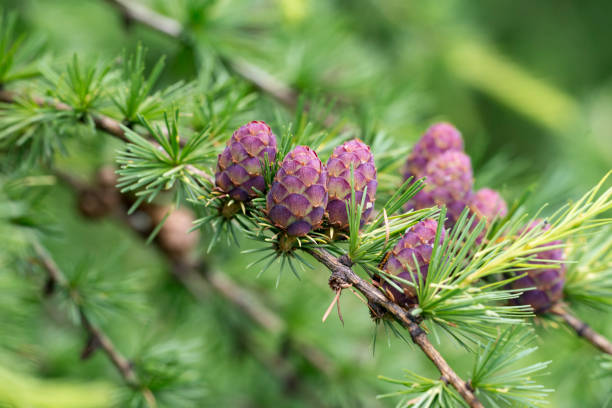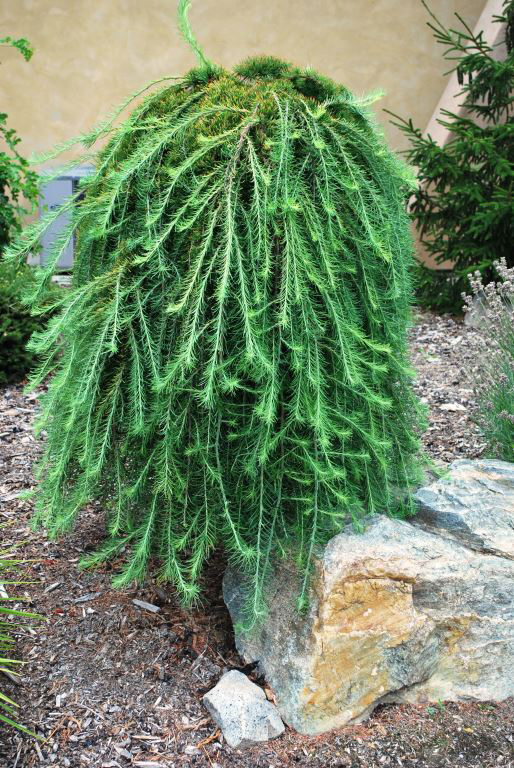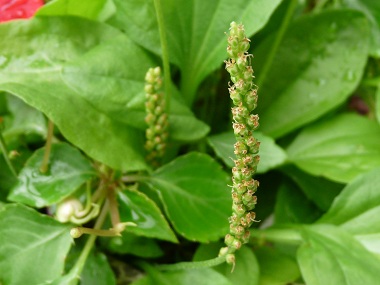Hello Garden Friends,
Happy Fall!!!
Inspired by many this time of year, thought I would share an October To Do List😊 enjoy and if you have something you want to share that was not mentioned send a comment, please.
- Bring herbs inside and transplant to a smaller planter to over winterize or harvest to make dried herb bundles or store in glass jars.
- Obtain the many varieties of pumpkins available now for decorating but also for truly using for winter cooking. Prepare your picked pumpkins for pureeing and then freeze until you want to make that special pie, bread or savory dish.
- Drain your rain barrel, detach the hose, remove debris and leave valves open to keep it safe from ice damage over the winter.
- Get your garden soil tested so you know how to best amend in the spring for things lacking and revealed in your test. Perform it yourself by obtaining from a local hardware or big box store or request a test from a master gardener program or cooperative extension.
- Decorate for Fall inside and outside. See the cool DIY below by using an old rack and adorning with fresh or dried flowers/leaves from your Fall garden harvest.

- Collect seeds. Cut back your perennials that have gone to seed. Remember to store the seeds in paper envelopes or glass tight jars but never in plastic bags or containers not unless you have the seeds in a paper envelope and then store in a plastic container that is ok.
- Don’t forget the birds so therefore do not clean up your garden too much they will need those seed heads for snacks along their migratory route for those traveling and for those staying behind it will be a lovely winter treat!
- Plant bulbs, there are soooo many to choose from.
- Dig up your tender bulbs (dahlia, rain lily, canna, etc..) and store in pine mulch, shredded newspaper, peatmoss, vermiculite or sawdust be sure to keep in cool dry place around 50 degrees F. just make sure the space does not freeze.
- Lastly enjoy your garden and take a moment to take in the full display of your garden after a season of growing, learning and finally harvesting. Take your last photos and possibly barefoot strolls thru your place of joy.
Till next time, take care, stay well and relax in the Autumn Joy!



































